- Top
- Eating
- full-course-meal
- Kyushoku
Japanese school lunch "Kyushoku"
Kyushoku has some special features!
Kyushoku means school meal (school lunch) in Japan. In general, it is served for students of nursey school, elementary school, junior high school and high school. It is not served for students of kindergarten, some private school and national school. University students can eat a delicious and voluminous lunch despite of its low cost in the school cafeterias.
The origin of Kyushoku is the Chu-ai elementary school in Yamagata prefecture served it since 1889. It consisted rice ball, grilled fish and pickles at first, the menu of it changed with lapse of time. The menu parents ate is different from the menu their kids eat. In addition, the menu became more diverse and varied menu because education through eating called Shokuiku was popular since 1980s. The menu included seasonal dishes and dishes related to events, hometown, other culture and more after that.
For example, dishes look like ogre with beans is served for students in Setsubun event which is the day before the beginning of spring. Dishes look like carp-shaped streamer is also served in Tango-no-Sekku which is the boy's day. Dishes related to hometown often consist local products. Students know and appreciate local agriculture and fisheries through that. Students in some schools can eat luxury incidents like blow fish (puffer fish), crab, Ise lobster, abalone and more. Local dishes of hometown also served for students to know it.
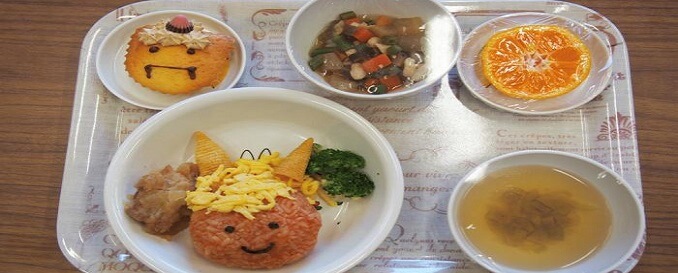
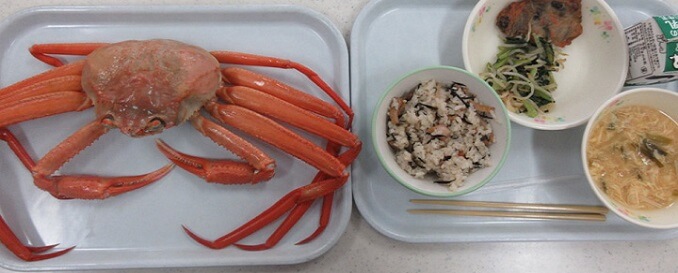
In addition, dishes of foreign countries served nowadays. Most of them are dishes of sister city or twin town. Many students get to know sister city and twin town of hometown after eating it. A certain school served foreign dishes for 20 days in a row because its hometown has many sister cities and twin towns.
In 2002 FIFA World Cup held in Japan and South Korea, many schools served dishes of participating foreign countries of this event. Many schools also served foreign dishes in Olympics. Students can know about not only name and location but also food and culture through that.
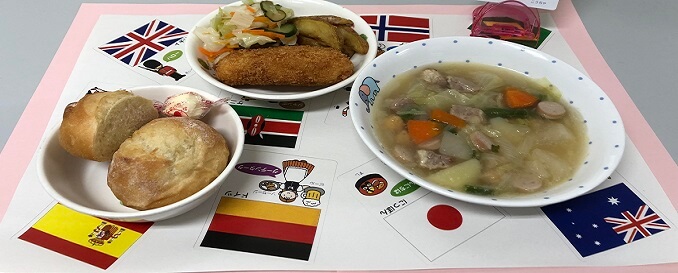
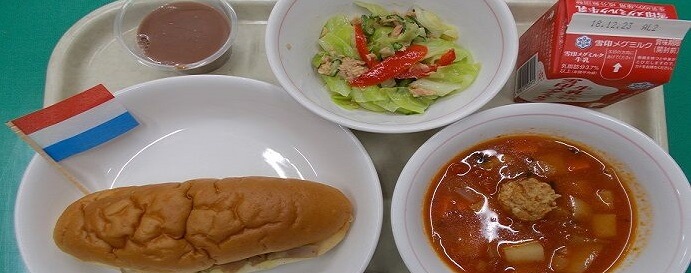
The time of Kyushoku is from 12:00 to 13:00, students must complete to set the table, eat it and clear up. Students do set and clearing on a rotating basis, they do that in this week are called Kyushoku-Toban. First of all, Kyushoku-Toban bring dishes and tableware from kitchen to their own class room. They served rice and soup in a bowl, and served side dishes on a plate.
After setting, they shout "Itadakimasu" which means let's eat with thanking for meal. They also shout "Gochisosama" which means thanking for the meal and it was delicious. After eating, they clear up and bring tableware to kitchen. They do that with wearing white apron, bandana and mask, and pass apron and bandana after cleaning to the next Kyushoku-Toban.

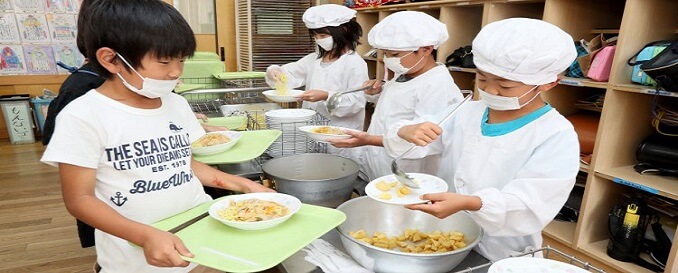
In addition, students often have Kyushoku with not only classmates but also their homeroom teacher. They listen to the teacher about theme or ingredients of today's Kyushoku. Sometimes they have it with principal (schoolmaster), their parents, other grade students, celebrity or politician.
A principal tries to communicate with them through having Kyushoku with them. Their parents can know atmosphere of class and taste of it through that. Other grade students know names of low-grade students for activities with them through that. A politician visits schools to inspect the circumstance and the situation of the frontlines of education.
By the way, there are some Kyushoku restaurants in Japan. These restaurants open for adults because they miss those days of students. "6nenn 4kumi Shibuya-Bunko" is one of the Kyushoku restaurants in Tokyo. Customers of this restaurant can have Kyushoku dishes in the old classroom recreated of original. They also can be photographed with wearing Randoseru. "Gakko-Shokudo" in Hirochima prefecture and "Oishi-Gakko" in Yamanashi prefecture use old school buildings as it is.
When you travel Japan, it might to be a good idea to go these restaurants. You can enjoy Japanese Kyushoku there.
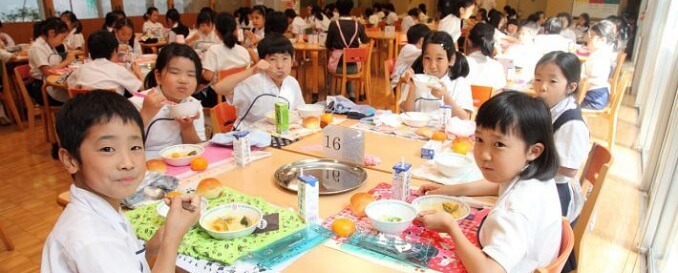
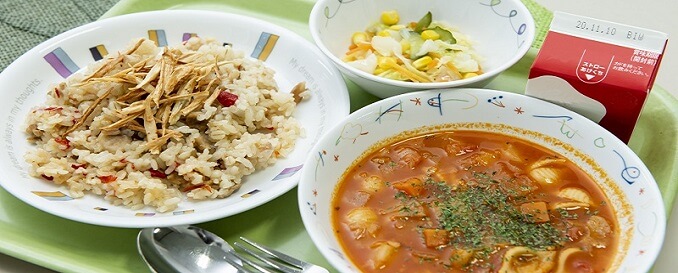
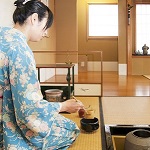 Cha-kaiseki
Cha-kaiseki Kaiseki-ryori
Kaiseki-ryori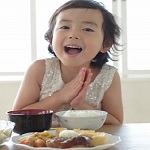 Shojin-ryori
Shojin-ryori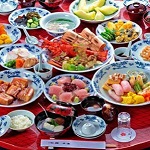 Shippoku-ryori
Shippoku-ryori